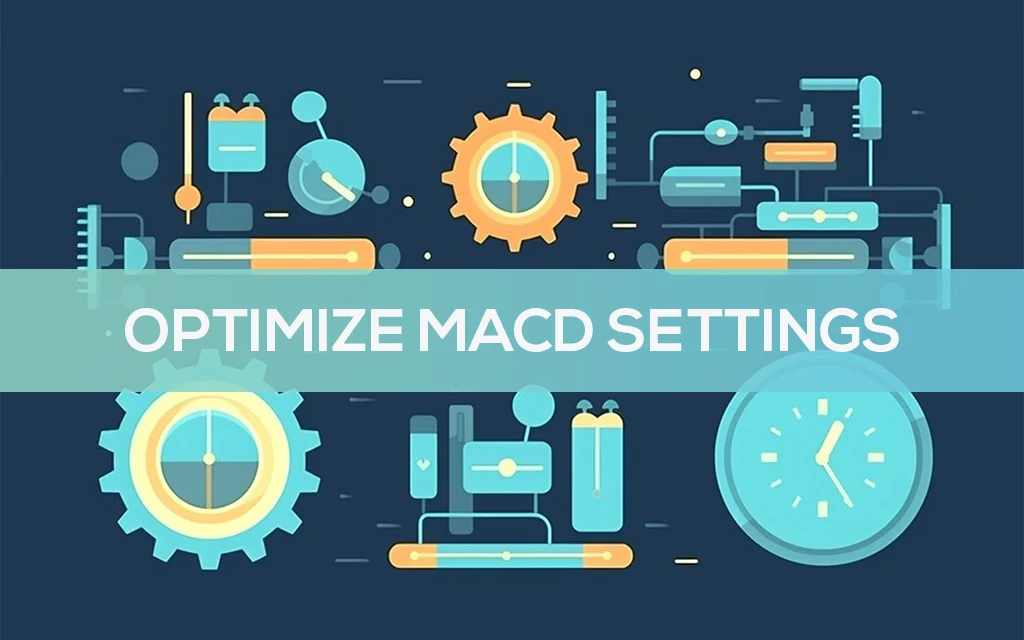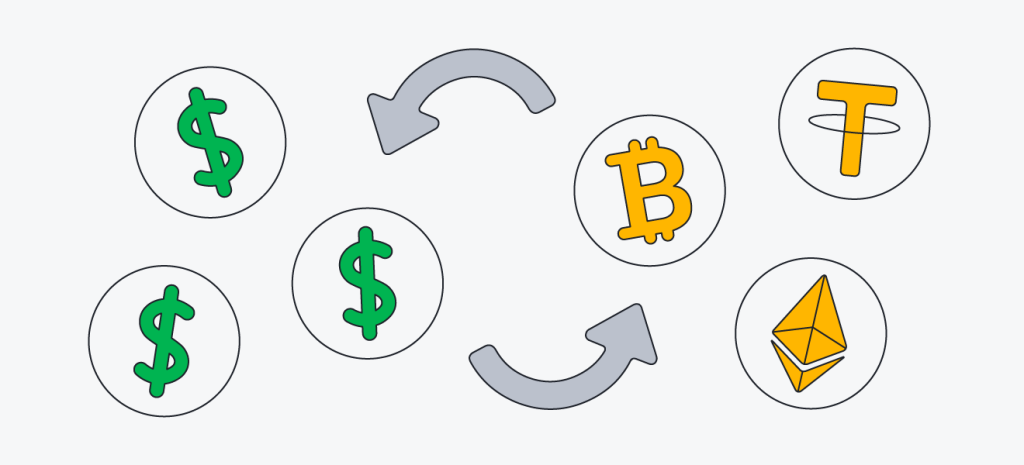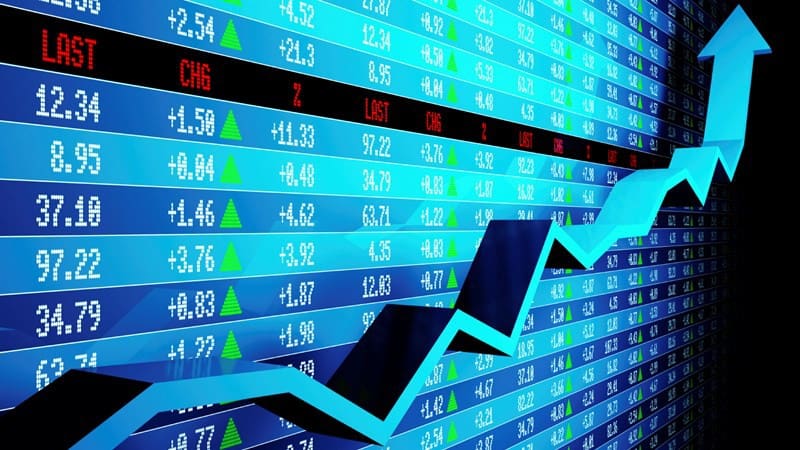Navigating the volatile tides of cryptocurrency markets can be daunting, but mastering how to use technical indicators for crypto could be your game-changer. Whether you’re new to this digital gold rush or looking to sharpen your trading strategies, the key to unlocking the patterns and signals within crypto charts lies in technical analysis. By grasping the essentials of chart patterns, you set yourself up to make more informed decisions. I will guide you through choosing the right indicators that align with your unique trading style and delve into advanced techniques that can give you an edge. Prepare to develop a robust trading strategy, as I reveal how to harness the RSI, MACD, and Bollinger Bands, and decode market conditions with ATR and ADX. Let’s chart your path to crypto trading mastery.
Understanding the Basics of Crypto Technical Analysis
Grasping Crypto Technical Analysis Basics
Crypto technical analysis basics are key to smart trading. It’s like a magic toolbox. Inside, you’ve got tools that show you signs and hints about where crypto prices might go. Think about it like weather forecasting, but instead of clouds and sun, we look at prices and charts. Let’s start simple. Picture a line going up and down across a chart. This is price movement. We track this over time to make guesses on future prices.
To nail down these guesses, we choose from a bunch of indicators. They are like secret codes. Once you know them, they can help you make smarter decisions. It’s important to pick the right ones. There are lots to choose from, like RSI, MACD, and Bollinger Bands. Each has its unique way to show what’s happening in the market.
RSI, or the Relative Strength Index, tells us if crypto is sold too much or not enough. If the RSI is high, the crypto might be overvalued. If it’s low, it could be a bargain. MACD, or Moving Average Convergence Divergence, looks at how two moving averages separate and come together. This helps us see if the market might shift up or down.
Bollinger Bands are like elastic bands around price. They get tight when the market is quiet. They stretch out when prices move a lot. This helps us see when crypto might swing hard. These tools are just the start. There are heaps more, and each one adds a piece to the puzzle.
Deciphering Cryptocurrency Chart Patterns
Understanding crypto chart patterns is like learning a new language. It’s all about spotting shapes and lines that tell a story. The patterns can show if prices might shoot up, crash down, or cruise steady.
Imagine chart patterns like a weather map. Seeing a hurricane shape warns of a storm. Same with charts. A ‘head and shoulders’ pattern might mean prices will drop. A ‘cup and handle’ might mean they’ll rise. Chart patterns guide us, like a map.
Some people spot these patterns quickly. For others, it’s a skill they get better at over time. Patterns can be simple or complex. Either way, they’re powerful. They help traders spot chances to buy or sell at the best times.
Crypto trading momentum indicators are also neat tools. They measure how fast prices move. When they speed up or slow down, it can be a sign to make a move.
Volume indicators tell us how much crypto is traded. It’s like a crowd at a concert. The louder the crowd, the more exciting the show. A big trading volume means lots of interest in that crypto.
We also peek at support and resistance levels. These are like invisible floors and ceilings for prices. When prices near these levels, they might bounce back or break through.
Mix these tools together and you’ve got a strong start in crypto technical analysis. Stick with it, practice, and soon you’ll spot trends like a pro. It’s all about picking up patterns, watching indicators, and playing it smart. Remember, no tool is perfect. But together, they give us cool clues about where crypto might head next.
Choosing and Applying the Right Crypto Indicators
Simplifying Cryptocurrency Indicators
Crypto trading can seem complex at first. It’s full of charts, lines, and terms that can overwhelm you. Don’t worry. I’ll make crypto technical analysis basics easy to grasp. Let’s start with key indicators, tools that help us predict where prices could go next. Think of indicators as your secret sources in the world of crypto trading. They whisper hints about the market’s next move. You just need to know which ones to listen to.
One essential tool is the Relative Strength Index or RSI. It tells us if a coin’s price is due for a change. If the RSI reads high, a price drop might come. If it’s low, expect the price to climb. Next, there’s the Moving Average Convergence Divergence, also known as MACD. It shows us the trend’s strength and direction. If MACD lines cross, it’s time to take action.
Volume indicators shout out when a lot of coins change hands. These are busy times in the market. It often means big price changes are coming. Bollinger Bands help you see if prices are high or low on a relative basis. They can tell you if a coin is over or under bought. If the price breaks out of the bands, get ready. A big move could be near.
Remember, using too many indicators at once can mess things up. Choose just a few that work best for your style.
Selecting Appropriate Indicators for Your Trading Style
Now, how do you pick the right tools for your crypto toolkit? It depends on your style. Are you a day trader, or do you think long-term? Let’s look at three common styles and the best tools for each.
If you’re into day trading, you’ll want fast, short-term signals. Stochastic oscillators and RSI are great for this. They turn on a dime, just like you. For folks who play the long game, moving averages are your friends. They smooth out quick jumps to show a steady trend.
For the swing traders among us, Bollinger Bands and MACD can be powerful allies. They’re great for spotting the start of a new move. Finding “your” indicators takes trial and error. Check out different ones and practice. See which ones match your groove.
But don’t forget, all the indicators combined won’t replace good judgment and a cool head. They are just part of the story. Real skill comes from understanding crypto chart patterns too. A detailed look at patterns can add depth to the hints your indicators give.
Now you’re armed with some new knowledge. Use it to conquer the charts and make wise trades. And always keep learning; the market never sleeps, and neither should your drive to get better.
Advanced Techniques in Crypto Market Analysis
Integrating Ichimoku Cloud and Fibonacci for Forecasting
The Ichimoku Cloud is like a Swiss Army knife for traders. It looks complex, but it’s really a bunch of trends in one view. When the price is above the cloud, bulls run the show. If it’s below, bears take over. The trick is to watch how lines like the Tenkan-sen move with the price. They help you catch buying or selling waves early.
Now, mix in the Fibonacci retracement. It’s like a rubber band for prices. After a big move, prices often snap back to key levels. These levels are golden spots to watch for a bounce or break. By mapping these on your chart, you pinpoint strong zones where traders might jump in.
These tools together offer a map of hot spots. The cloud shows the path, while Fibonacci marks the stopping points. When they align, you’ve got solid trade signals. It’s here where crypto’s wild swings meet some method to the madness.
Utilizing Harmonic Patterns and Elliott Wave Theory
Trading with harmonics is like a treasure hunt. You find patterns that repeat over time—like the Gartley or the Butterfly. These patterns are made of price swings that match up to specific Fibonacci numbers. When these patterns finish, it’s a signal. It tells you the market might be ready to change direction.
Then there’s the Elliott Wave Theory. It’s all about waves in market prices. Think of watching ripples on water. Markets move in repeatable cycles of ups and downs. Each cycle, a main trend has five waves, and the pullback, just three. Spotting these can give you a sense of where the market’s heading next.
What’s vital is the story these waves tell of trader action. When waves start to form, they show shifts in mood and cash flow. Harmonics and waves combine to form a rhythm in price charts—your clue to where money could move next. Hunt these patterns, and you can ride the wave just right, cashing out before the next turn.
Remember, trading crypto is bold and fast-paced. But with the right tools, you can tame its wild nature and chart out pathways to trading success. Embrace these advanced techniques, and you can unveil the hidden rhythms in crypto market analysis, tightly linking your trading to the pulsating heart of market dynamics.
Developing a Crypto Trading Strategy Using Technical Indicators
Formulating Strategies with RSI, MACD, and Bollinger Bands
In the world of crypto, making smart moves counts. Here’s how to nail that. Start by getting cozy with RSI, or Relative Strength Index. It tells you if a coin is overbought or oversold. Over 70 means a lot of buying; under 30 means the opposite. Trust me, it’s like a secret tip-off.
Now, meet MACD – it stands for Moving Average Convergence Divergence. This buddy helps you see the trend’s strength and direction. When MACD crosses the signal line, it’s time to pay attention. If it goes up, gear up for a good buying chance. When it dips, it might be time to sell.
Got that? Cool. Next up: Bollinger Bands. They’re like rubber bands around price movements. When the bands tighten, expect a big price move. But which way? Watch the bands. If price breaks the upper band, it could climb. If it dives under the lower band, it might drop.
Use these three amigos together for a killer strategy. When RSI, MACD, and Bollinger Bands give you the green light, make your move. But remember, check more than one signal. Sure bets in crypto are rare.
Employing ATR and ADX to Assess Market Conditions
Let’s turn up the heat with ATR and ADX. ATR, short for Average True Range, measures market heat. Bigger ATR means more market noise. It’s vital to set the right stop-loss points. In calm markets, keep them tight. In wild markets, give them room.
ADX stands for Average Directional Index. This tool rocks for figuring out the trend’s strength. Low ADX? The trend’s weak. High ADX means a strong trend. This is super helpful to confirm if it’s really time to jump on a trend or take a break.
In a nutshell, use ATR to size up the market’s mood swings. Use ADX to catch a trend in its prime. These two are your inside scoop on when to act cool or make your move. Pair them with RSI, MACD, and Bollinger Bands, and you’ve got a roadmap for rides ahead.
By nailing these indicators, you get ahead in the crypto game. Stick to this game plan, and you’re not just playing. You’re playing to win. Remember, practice makes perfect. So, dive in, test these strategies, and watch your crypto trading skills soar.
In this post, we broke down crypto technical analysis to its core. We started with basic concepts and chart patterns, making sure you got the foundation right. Then, we moved on to picking the best indicators for your trading approach, whether you’re a newbie or a seasoned trader. But we didn’t stop there. We also dived into advanced techniques, discussing how tools like the Ichimoku Cloud can predict market moves.
For the final touch, we shared how to build your own trading strategy using reliable indicators like RSI and MACD. Remember, ATR and ADX are your friends when judging market conditions.
So there you have it – a toolkit for making smarter trades in the buzzing world of crypto. Trust in these methods, stay patient, and keep learning. Your trading game is set to level up. Happy trading!
Q&A :
What are the essential technical indicators for analyzing cryptocurrency trends?
To effectively analyze cryptocurrency trends, several technical indicators are key. These include the Moving Average (MA), Relative Strength Index (RSI), Moving Average Convergence Divergence (MACD), Bollinger Bands, and Volume. Understanding how to interpret these indicators can help traders make more informed decisions.
How can beginners start using technical indicators for crypto trading?
Beginners should start with a few basic technical indicators to avoid information overload. A good starting point could be learning how to use the Moving Average for identifying trend directions and the Relative Strength Index to recognize overbought or oversold conditions. Practice with historical data and simulations can aid in gaining proficiency before actual trading.
Can technical indicators predict the price of cryptocurrencies accurately?
No technical indicator can predict cryptocurrency prices with full accuracy due to the volatile and unpredictable nature of the market. However, they can provide valuable insights into market trends and potential movements. Traders use a combination of indicators to improve the chances of making an educated guess.
How often should I adjust my technical indicators when trading crypto?
The frequency of adjusting technical indicators depends on your trading strategy and the market conditions. Day traders might adjust settings more frequently to react to intraday movements, whereas long-term investors may utilize longer period settings for their indicators. It’s important to adapt your strategy according to the market environment but avoid excessive tweaking, which can lead to overfitting.
Is there a difference between technical indicators for crypto and other assets like stocks?
The foundational principles of technical analysis are universal across different asset classes, including crypto and stocks. However, the cryptocurrency market is known for its high volatility and 24/7 trading, which means certain indicators might be interpreted differently or require adjustment in their parameters. Additionally, the impact of news and events may differ between crypto and traditional markets, potentially affecting the performance of technical indicators.






